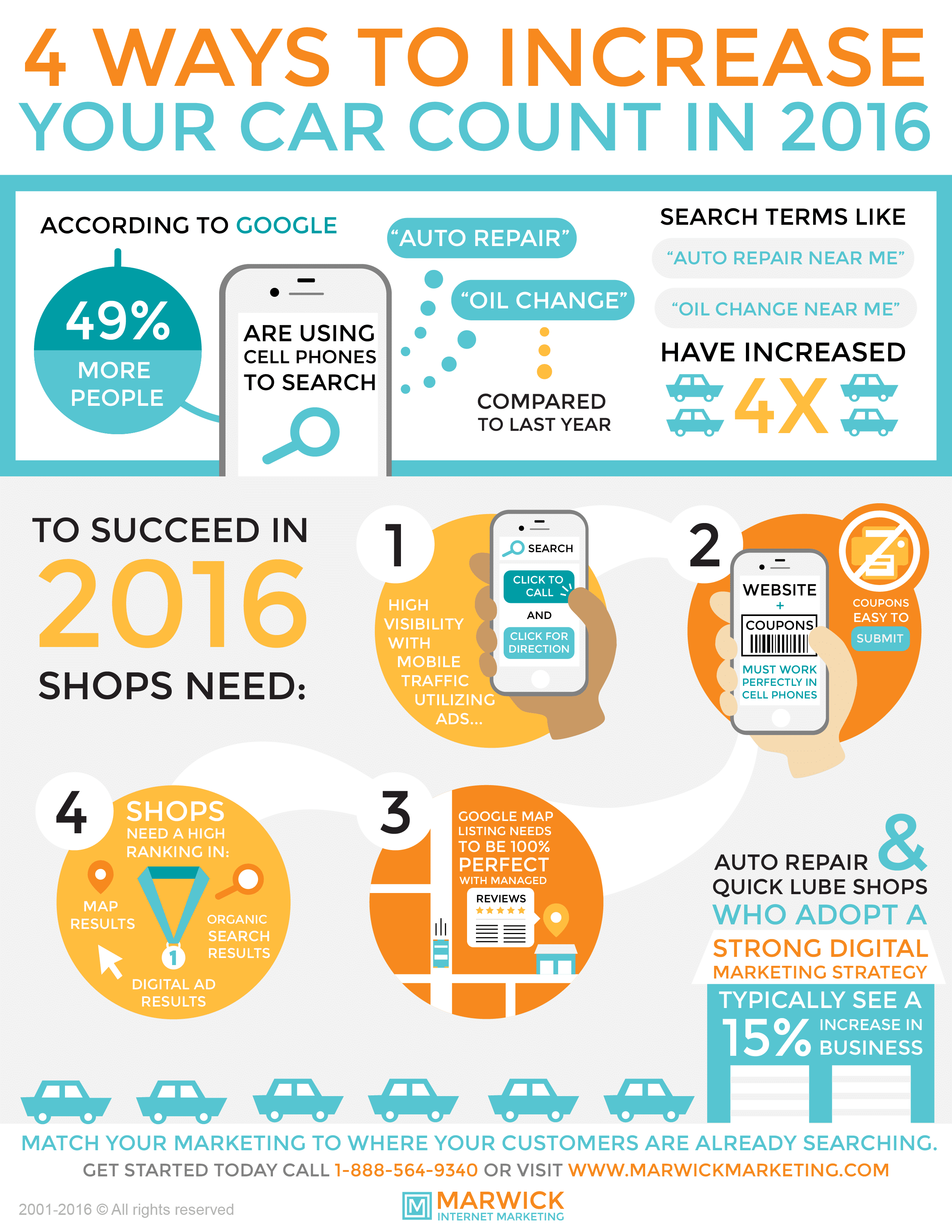Understanding Your Automobile'S Warning Lighting: What Do They Truly Mean?
Understanding Your Automobile'S Warning Lighting: What Do They Truly Mean?
Blog Article
Produced By-Boye Alvarado
When you're behind the wheel, those radiant caution lights on your dashboard can be a bit difficult. Do you know what they're trying to inform you regarding your automobile's health? Recognizing the relevance of these lights is vital for your security and the durability of your car. So, car polishing of those lights appears, wouldn't you want to decode its message accurately and take the needed steps to address it?
Common Warning Lights and Interpretations
Recognize common caution lights in your auto and recognize their meanings to ensure secure driving.
One of the most regular caution lights include the check engine light, which signifies concerns with the engine or emissions system. If this light begins, it's vital to have your vehicle checked quickly.
The oil pressure cautioning light indicates low oil stress, needing immediate focus to stop engine damage.
https://donovanrlfau.blogscribble.com/31274082/interested-in-comprehending-the-caution-lights-on-your-vehicle-s-dashboard-discover-their-importance-for-your-vehicle-s-safety-and-total-condition flashing battery light may recommend a malfunctioning billing system, potentially leaving you stranded if not dealt with.
The tire pressure tracking system (TPMS) light alerts you to reduced tire stress, impacting car security and fuel effectiveness. Neglecting https://auto-front-suspension05173.activoblog.com/32590679/the-duty-of-car-explaining-in-enhancing-resale-value-proof-from-study might bring about harmful driving problems.
The ABS light shows a trouble with the anti-lock braking system, compromising your ability to stop swiftly in emergencies.
Lastly, the coolant temperature level cautioning light warns of engine getting too hot, which can result in serious damages otherwise fixed swiftly.
Comprehending these usual warning lights will help you address problems immediately and maintain risk-free driving problems.
Relevance of Prompt Focus
Comprehending the typical caution lights in your car is just the very first step; the importance of immediately attending to these cautions can not be stressed sufficient to guarantee your safety when driving.
When a caution light brightens on your control panel, it's your vehicle's way of interacting a possible problem that requires attention. Disregarding these warnings can result in much more severe issues in the future, compromising your safety and potentially costing you a lot more out of commission.
Trigger attention to cautioning lights can avoid break downs and accidents. As an example, a flashing check engine light could suggest a misfire that, if left neglected, can cause damage to the catalytic converter. Addressing this immediately can conserve you from a pricey repair.
Similarly, a brake system warning light may signal low brake fluid or worn brake pads, crucial parts for your safety and security when driving.
DIY Troubleshooting Tips
If you notice a caution light on your control panel, there are a couple of do it yourself repairing tips you can try before looking for specialist help.
The primary step is to consult your vehicle's handbook to understand what the specific caution light indicates. Occasionally the problem can be as straightforward as a loose gas cap triggering the check engine light. Tightening the gas cap might settle the problem.
An additional usual issue is a low battery, which can activate various alerting lights. Inspecting the battery links for rust and ensuring they're protected could take care of the trouble.
If a warning light persists, you can attempt resetting it by disconnecting the cars and truck's battery for a couple of mins and then reconnecting it. Additionally, examining your vehicle's liquid degrees, such as oil, coolant, and brake fluid, can help repair cautioning lights associated with these systems.
Final thought
In conclusion, recognizing your vehicle's warning lights is vital for keeping your lorry running efficiently and safely. By quickly addressing these alerts and recognizing what they imply, you can stay clear of costly repair services and prospective failures.
Remember to consult your car's handbook for specific information on each cautioning light and take action as necessary to ensure a trouble-free driving experience.
Keep notified, remain secure when driving!
